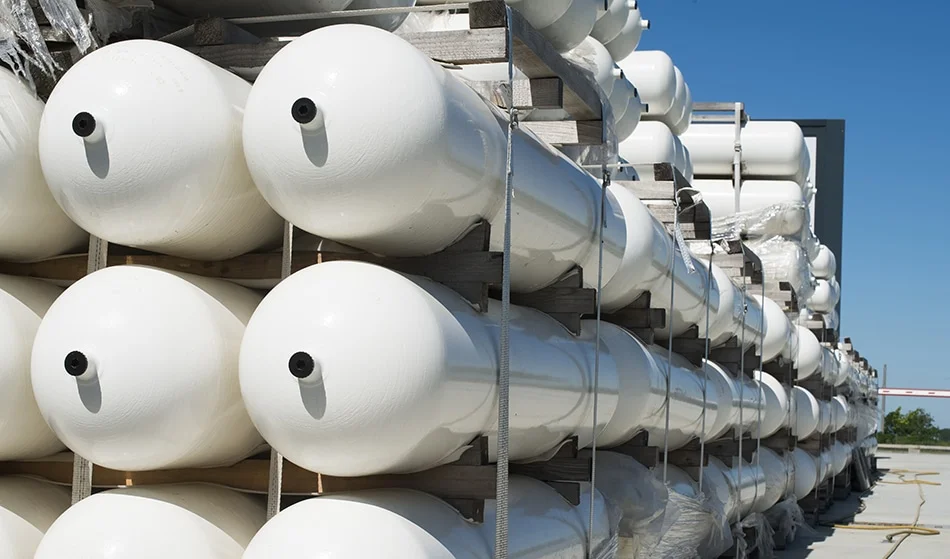China has achieved a significant milestone in energy storage with the Nengchu-1 project in Yingcheng, Hubei Province. This groundbreaking facility is the world’s first 300-megawatt compressed air energy storage (CAES) demonstration project. Now fully connected to the grid and generating power, the project highlights China’s leadership in CAES technology, addressing the intermittency challenges of clean energy.
Understanding Compressed Air Energy Storage (CAES)
Compressed Air Energy Storage (CAES) is an innovative solution for energy storage. It works by compressing air and storing it in underground caverns during periods of low energy demand. When demand rises, the stored air is released to generate electricity. This approach provides an efficient way to balance energy supply and demand.
Highlights of the Nengchu-1 Project
- Capacity: A single-unit power capacity of 300 MW and an energy storage capacity of 1,500 MWh.
- Storage Volume: Underground gas storage of up to 700,000 cubic meters.
- Operational Time: Stores energy for up to 8 hours and releases it over 5 hours daily.
- Lifespan: Designed to operate for over 30 years.
Environmental Benefits and Efficiency
The Nengchu-1 facility is projected to generate 500 million kilowatt-hours of electricity annually, reducing reliance on fossil fuels. It will save more than 150,000 tons of standard coal each year, significantly lowering carbon emissions and contributing to a greener energy system.
Technological Achievements and Global Records
The Nengchu-1 project has set global benchmarks in:
- Power Output
- Energy Storage Scale
- Energy Conversion Efficiency
During trial operations, the facility exceeded expectations, with stable equipment performance and high efficiency, showcasing China’s technological self-reliance.
Evolution of CAES Technology
CAES has been under development for over four decades, with commercial applications emerging in the late 1970s. Initially used to manage nuclear power load fluctuations, it is now valued for its economic and environmental advantages in modern energy systems.
Implications for China’s Green Transition
The completion of Nengchu-1 aligns with China’s national goals to enhance non-fossil energy usage and expand pumped storage hydropower. This project is a pivotal step in modernizing the power grid and advancing toward a low-carbon future.
By setting new standards in energy storage, Nengchu-1 underscores China’s commitment to sustainable innovation and clean energy leadership.




